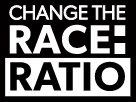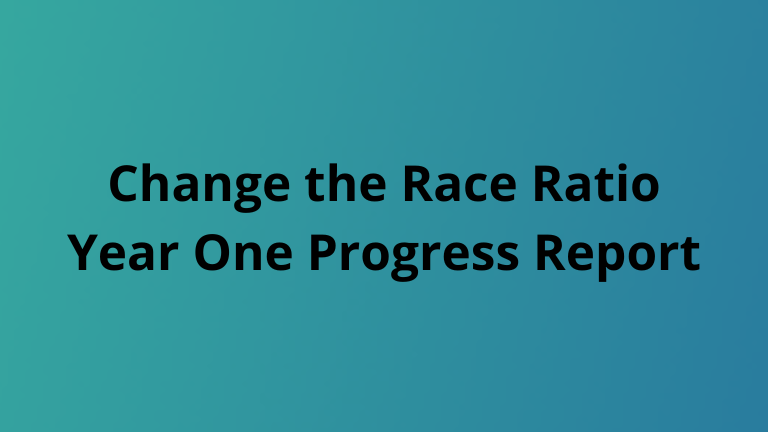Welcome to the first Change the Race Ratio Progress Report. This report presents a snapshot of the progress our signatories made in 2021 against their campaign commitments and looks at their future plans.
We launched the Change the Race Ratio campaign in October 2020, with the ambition to champion increased ethnic representation across UK boardrooms and leadership teams.
Since then, over 110 business have signed up to the campaign and made the four commitments to change; to increase racial and ethnic diversity among board members, to increase racial and ethnic diversity in senior leadership, to be transparent on targets and actions and to create an inclusive culture where talent from all diversities can thrive.
The Survey
In Q4 of 2021 and Q1 of 2022, we asked our campaign signatories to submit workforce diversity data and targets. The resulting data shows that many companies are still in the early stages of delivering change. That said, the data also shows the scale of their ambition by outlining the targets they have set themselves.
Here are some of the key report findings on how our campaign signatories are progressing.
On Representation
Our first campaign commitment is to increase ethnic minority representation on boards and leadership teams, and here our respondents have shown progress; over 70% of respondents have at least one board director from a minority ethnic background.
- All FTSE 100 signatories met the requirement of the Parker-Tyler Review, which is that they will have at least one board director from a minority ethnic background by the end of 2021.
- For the FTSE 250, the Parker-Tyler Review set a target to have minority ethnic representation on the Board by the end of 2024. We are pleased that all of the CtRR FTSE 250 respondents have already met this target, with one exception.
- The Parker-Tyler Review was focused on the FTSE 350, and therefore it is not surprising that non-FTSE 350 signatories responding to this survey had lower minority ethnic representation at board level. In this group 59% had at least one board director from a minority ethnic background.
Ethnicity Target Setting and Disclosure
We believe that you can’t progress what you can’t measure, and that targets for increasing ethnic minority representation should be both ambitious and transparent.
- Despite the lack of formal legislation in this area, the vast majority of respondents (84%) are opting to publish their ethnicity pay gap on a voluntary basis. Specifically, in 2021 35% of respondents published their ethnicity pay gap data with a further 49% intending to publish in 2022.
- 65% of survey respondents have set a target for minority ethnic representation at senior management (CtRR FTSE 350: 53%, non-FTSE 350: 71%). Ethnicity targets are typically in the region of 10% - 20% of the senior management.
- Around 30% of respondents had set targets for minority ethnic representation at workforce level. Where targets have been set, these are typically set between 15% - 20% of employees.
- Most respondents who have set targets aim to achieve these by either 2024 or 2025, although a number of companies have set more short-term targets.
- Only around one-in-six respondents have a specific target for Black representation at senior management level – this ranges between 3% - 12% of senior management.
Ethnicity Pay Reporting
Although ethnicity pay gap reporting is not yet mandatory, all signatories have made a commitment to publish their ethnicity pay gaps within two years of joining the campaign, and the data shows very encouraging progress against this.
- The mean ethnicity pay gap amongst respondents typically ranges between 8% - 24% (median: 12%), with the median pay gap typically between 2% - 16% (median: 10%).
- Bonus ethnicity gap data is more wide ranging, with the mean bonus gap typically ranging between 20% - 50% (median: 36%) and the median bonus gap typically between 2% - 29% (median: 16%). It’s likely that this reflects the lower minority ethnic representation levels in more senior positions within organisations where variable pay is typically greater.
Looking forward
Our intention is to use the findings of this survey to establish a baseline against which progress can be measured in future years. We’ll repeat this survey at regular intervals so that we can track progress and provide impetus for all organisations – irrespective of whether they are signatories to this campaign – to champion the cause for increasing minority ethnic representation across the workforce, particularly at senior levels.
Conclusion
We hope that reading this progress report will encourage any organisations who are not already signed up to Change the Race Ratio to consider it and take that next step.
We welcome all organisations to our campaign, whatever their size, sector and whatever stage they’re at in their diversity, equity and inclusion journey.
Download the full report here.



